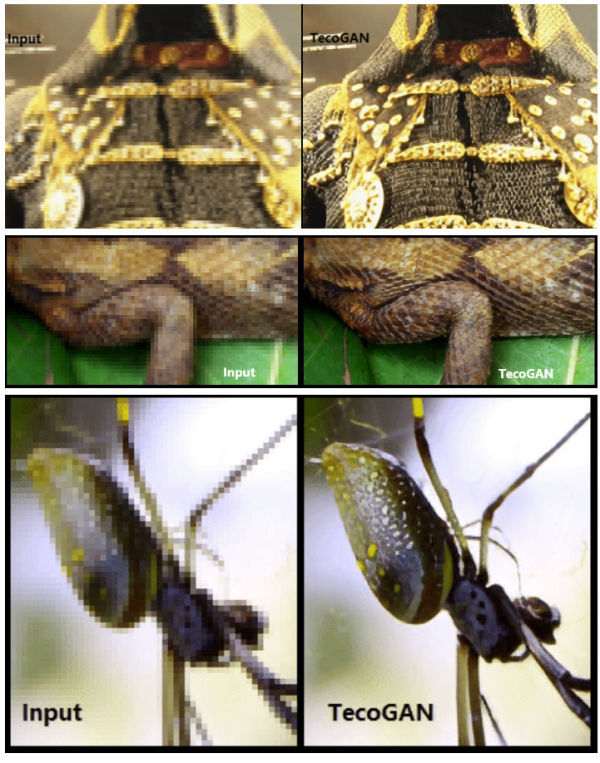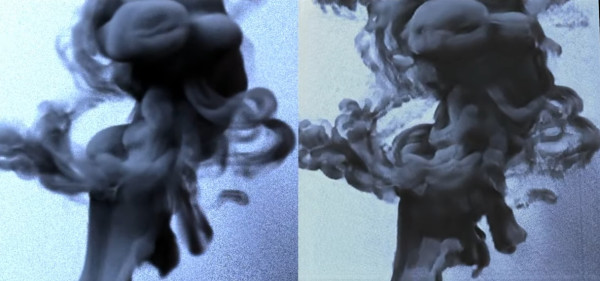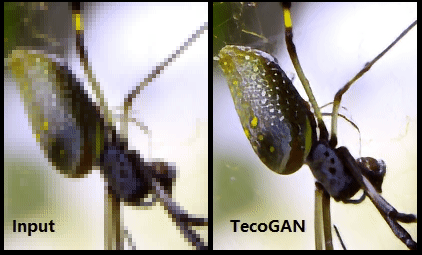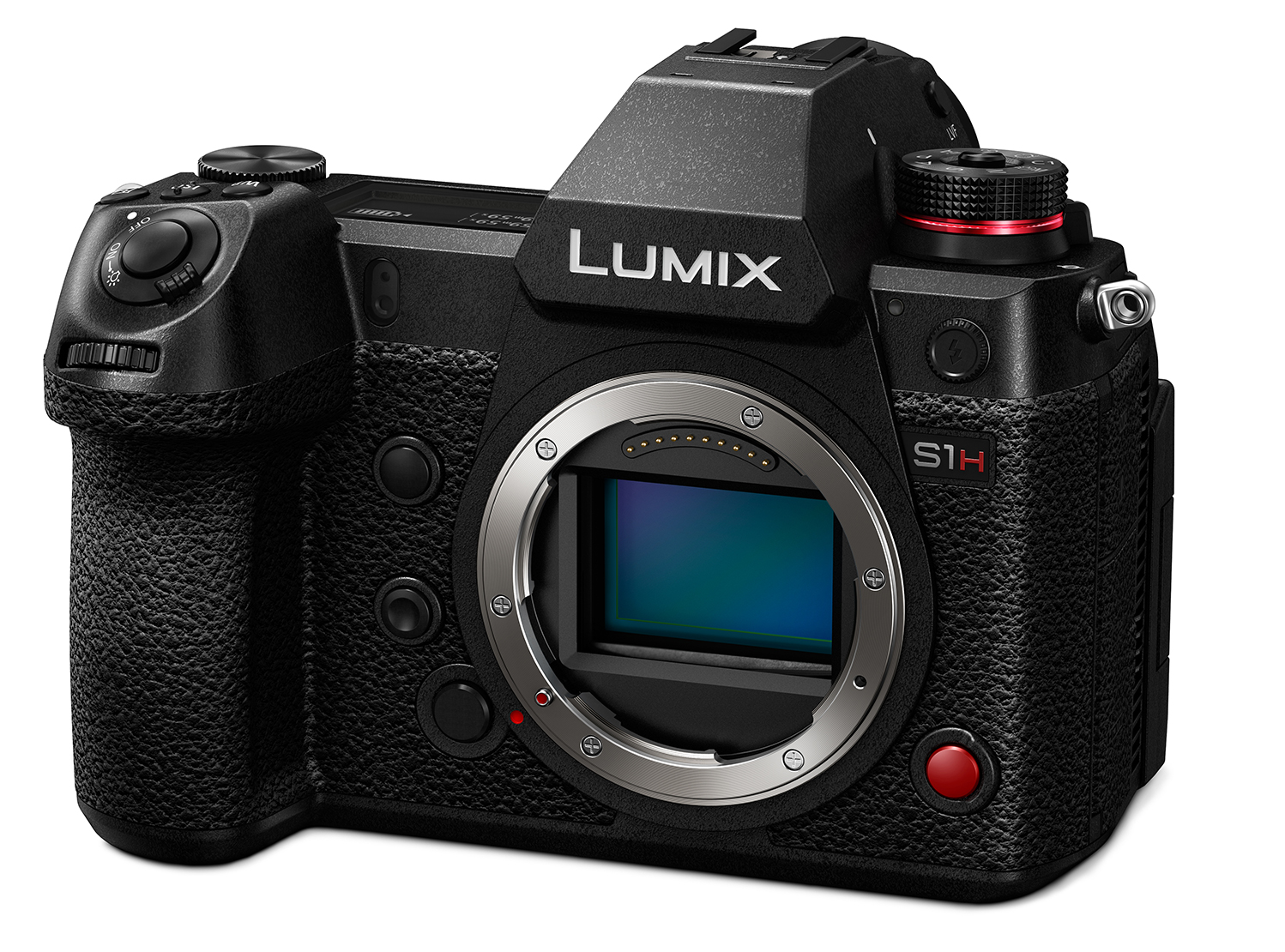[11:45 Sun,6.September 2020 by Thomas Richter] |
Actually, it is common sense that missing details in blurred images cannot be added afterwards. However, so-called super resolution methods have been developed for quite some time to sharpen images afterwards, for example by using information from previous and subsequent images to supplement the information of an image or by trying to recognize known patterns in an image section which can be supplemented.  TecoGAN Examples Through (deep-layered) neural networks, these super resolution procedures have made great progress in terms of quality and speed in recent years, since they are perfectly suited for recognizing (blurred) structures in a large number of images, even in unknown images, by means of training, and for supplementing these structures with more image information through their existing knowledge, thus sharpening them. Strictly speaking, however, this is not about the realistic recovery of lost information, but rather about "guessing" based on experience, similar to what human perception often does (which can be well observed with some  TecoGAN smoke First such procedures were developed for photos or single images from videos, then also for whole videos. The training is simple - clips are played in low resolution and based on the originals the algorithm then evaluates how well it has just "guessed" the lost content and then improves the next guessing attempt.  Up to now, however, such methods have suffered from the fact that jumps between successive images often occurred because the algorithm - whether due to artifacts or image noise - believed it could recognize different patterns and complemented them. The TecoGAN algorithm of the Technical University of Munich, which has just been presented at Siggraph 2020, now achieves great progress in exactly this aspect and generates spatially and temporally coherent image sequences. The results are truly astonishing - the clips resulting from blurred videos are clearly visible 4x sharper and show more details. The possibilities for a good and reliable sharpening afterwards are of course fascinating. Old films could be extrapolated to a higher resolution or in the future a sharpening could be done in the camera and generate sharper images than the respective sensor and the actual LGA can produce. Here the TecoGAN algorithm is explained a bit more: And even more examples: ge.in.tum.de/wp-content/uploads/2020/05/ClickMe.html If you want and have the necessary knowledge, you can try TecoGAN yourself, the code can be found at deutsche Version dieser Seite: TecoGAN: Neuer KI Super-Resolution Algorithmus macht Videos 4x schärfer |





